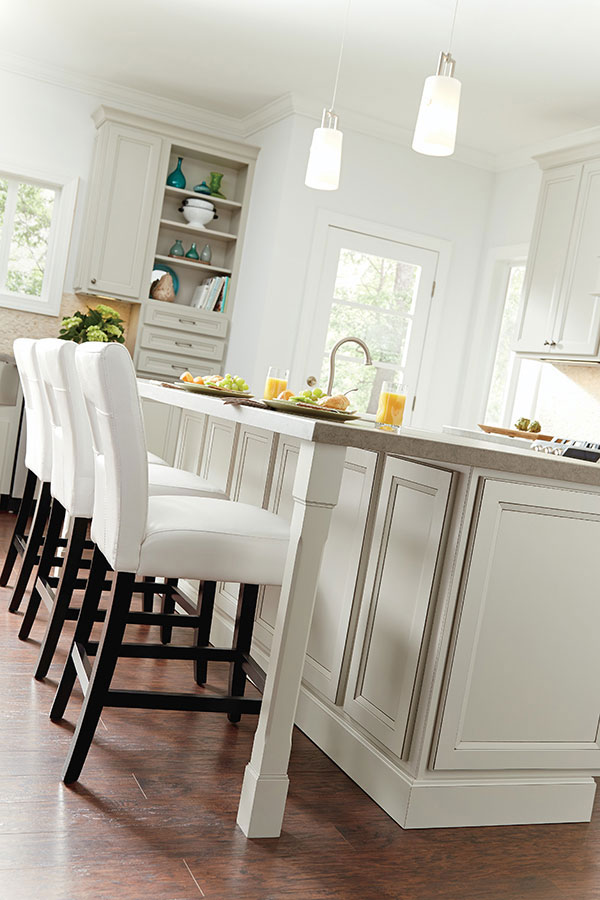Sturdy and Stylish Options for High-Quality Legs For Kitchen Island
Sturdy and Stylish Options for High-Quality Legs For Kitchen Island
Blog Article
A Guide to Selecting the Perfect Legs For Cooking Area Island for Your Home
Selecting the suitable legs for your cooking area island is a nuanced decision that affects both the performance and aesthetic appeal of this central area. Aspects such as elevation, products, and design play a critical duty in harmonizing your island with the general cooking area layout. Additionally, comprehending the value of security and upkeep can dramatically influence your choice. As you think about these aspects, it comes to be noticeable that the appropriate legs can transform not only the appearance of your kitchen but also its use for several years ahead. What specific attributes should you focus on in this option procedure?

Recognizing Kitchen Island Legs
When selecting legs for a kitchen area island, it's vital to recognize their useful and aesthetic duties in the overall style. The legs work as an essential support group, making sure security and longevity for the island, which commonly functions as an office, eating area, or gathering place. The option of product and building and construction technique should be durable adequate to withstand day-to-day usage and potential wear.
In addition to their structural duties, legs add substantially to the island's aesthetic charm. They can boost the kitchen's style, whether via conventional, contemporary, or eclectic styles. The height and percentage of the legs are also critical considerations; they have to integrate with the island's kitchen counter height while making certain comfy seating for those using the space.
Additionally, the leg style can affect the overall circulation of the kitchen area. Open, ventilated leg styles can produce a sense of lightness, while strong, significant legs might share a much more grounded and stable aesthetic - Legs For Kitchen Island. Understanding these useful and visual aspects will lead homeowners in making educated selections that match their kitchen area's design and enhance its use
Popular Styles and Products
The choice of legs for a kitchen island encompasses a variety of prominent styles and materials, each offering one-of-a-kind features that can improve both functionality and aesthetic appeals. Among one of the most in-demand styles are modern, rustic, and conventional. Contemporary legs frequently include smooth, minimal layouts that highlight simpleness and clean lines, making them suitable for modern-day kitchen areas. Rustic designs, on the various other hand, welcome natural environments and frequently showcase reclaimed wood or distressed coatings, adding heat and appeal to the room. Conventional legs generally show elaborate information and craftsmanship, boosting classic cooking area designs.

Elevation and Stability Factors To Consider

The legs of the kitchen island ought to supply sufficient support, making certain that the framework can stand up to daily use without tottering or shifting. Material choice plays a significant function in security; steel legs, for instance, have a tendency to offer higher toughness compared to wood.
Matching Your Kitchen Area Visual
Selecting the ideal legs for your cooking area island exceeds capability; it also plays a considerable function in the total aesthetic of the space. When selecting legs, take into consideration the design style of your kitchen area. For a contemporary appearance, streamlined metal or minimalist styles can produce a tidy, modern-day vibe. On the other hand, rustic or typical cooking areas usually take advantage of wooden legs with elaborate outlining or a troubled coating, boosting heat and personality.
Legs that complement or comparison with your island's surface and surrounding kitchen click for more info cabinetry can develop visual harmony or striking focal factors. Furthermore, consider the coating of the legs; matte, shiny, or textured coatings can substantially affect the overall feeling of the kitchen area.
Installation and Upkeep Tips
Installing cooking area island legs requires mindful interest to information to make sure both stability and visual charm. Begin by selecting an ideal location for your island, guaranteeing it is level and has enough area for movement. Utilize a stud finder to situate wall studs if you are connecting the legs to a wall surface or utilizing brackets for included assistance. Mark the positioning of the legs precisely prior to drilling.
When protecting the legs, make use of high-quality screws and, if needed, wood glue for extra toughness. For metal legs, guarantee that you are making use of appropriate anchors and tools to stop damage to your flooring. It is a good idea to look for levelness after installation, making modifications as required to stay clear of tottering.
Maintenance is equally crucial for long life - Legs For Kitchen Island. Routinely inspect the legs for any kind of indicators of wear or helping my company to loosen, particularly in high-traffic areas. Clean the legs with a suitable cleaner, preventing rough materials that may scrape the surface area. For wood legs, think about using a wood conditioner occasionally to preserve their coating. By complying with these setup and maintenance tips, you can make certain that your kitchen area island legs stay both visually appealing and useful.
Conclusion
In final thought, selecting the proper legs for a cooking area island necessitates careful factor to consider of height, security, and visual compatibility. Ultimately, thoughtful leg choice plays a critical duty in boosting both the usefulness and design of the kitchen area.
When choosing legs for a kitchen area island, it's essential to understand their useful and aesthetic functions in the total style. Open, ventilated leg styles can produce a feeling of agility, while solid, substantial legs might share a more grounded and secure visual. The legs of the kitchen island must provide appropriate assistance, ensuring that the structure can hold up against daily use without changing or wobbling.Installing kitchen area island legs calls for mindful attention to detail to make sure both security and aesthetic appeal.In final thought, choosing the proper legs for a cooking area island necessitates careful consideration of height, stability, and aesthetic compatibility.
Report this page